Create a framework that allows students some degree of choice in topic – studies prove that most students do their best work when they have a personal investment in the topic.
Clearly stating to students the reason that you view the project you are assigning them to be a useful academic undertaking is important. The more clearly we express our thinking to them about what appropriate college level work requires, and why it is worth doing, the more likely they are to view the work as meaningful. Most of us do better work when we know that there is a point to the pursuit.
Make sure that you frame the assignment clearly in class, and mention specifics of your expectations. For example, be specific about margin and font size, page length (or the amount of words), documentation style, type of focus (argumentative, informative, “objective”, etc.). If you have views on whether or not students may use the word “I”, or refer to their own experience or understanding for support, please be sure that your students know what your views are. For many students, clearly written expectations should be written on the assignment page, as well as discussed in class on several occasions. Discussion could be as simple as us asking as the due date approaches if anyone is having questions or concerns about the upcoming assignment.
Make it clear that you follow WCC policy on academic honesty – undocumented use of another author’s ideas or language is plagiarism. As stated in the WCC Board of Trustee’s Student’s Rights and Responsibilities Policy.
All forms of academic dishonesty including but not limited to collusion, fabrication, cheating, and plagiarism will call for discipline.
- Collusion is defined as the unauthorized collaboration with any other person in preparing work offered for individual credit.
- Fabrication is defined as intentionally falsifying or inventing any information or citation on any academic exercise.
- Cheating is defined as intentionally using or attempting to use unauthorized materials, information, or study aids in any academic exercise.
- Plagiarism is defined as the appropriation of any other person’s work and the unacknowledged incorporation of that work in one’s own work offered for credit.
You can eliminate opportunities for plagiarism by designing the assignment to be a creative and specific exploration of issues or concerns particular to your exact course. You could even ask that one of the student’s documentation sources come from your textbook, or from material specific to the course work.
If possible, provide one or two models for the assignment to students. Even providing a seriously flawed model can be helpful as it makes discussion of what is lacking in the model very straightforward.
Offering students some examples of topics you might choose for the assignment if you had to write the paper along with them can be a useful way to help students begin thinking about the work they are about to undertake.
Lastly, turn back student work in as timely a manner as you able. Since we ask students to meet our deadlines, it is fair for them to be able to see our response to their work as soon as we can provide it.
